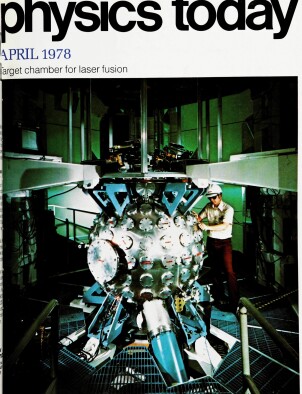Nuclear power and nuclear‐weapons proliferation
DOI: 10.1063/1.2994994
For decades, nuclear power has been considered a major component in the energy supply plans of some countries and an important option for the future in others. Like other energy sources, especially oil, nuclear power has become linked to national security and economic health in many countries; the magnitude of fuel reserves and the assurance of supply have become issues of intense international concern. However, nuclear power raises an additional issue: its potential for contributing to the acquisition of nuclear weapons by nations or even by terrorist groups. The goals of adequate energy supply and nuclear‐weapons nonproliferation are therefore potentially in conflict.
This article is only available in PDF format
References
1. The Nuclear Energy Policy Study, Nuclear Power: Issues and Choices, Ballinger, Cambridge (1977).
2. APS Study Group on Nuclear Fuel Cycles and Waste Management, Rev. Mod. Phys. 50, part 2, S1 (1978).https://doi.org/RMPHAT
3. Office of Technology Assessment, Nuclear Proliferation and Safeguards, Praeger, New York (1977).
4. D. L. Hetland, in Proceedings of the Uranium Industry Seminar, Department of Energy report DOE‐GJO‐108, Washington, D.C. (1977).
5. M. Willrich, T. B. Taylor, Nuclear Theft: Risks and Safeguards, Ballinger, Cambridge (1974).
6. H. A. Feivson, T. B. Taylor, Bulletin of the Atomic Scientists, Dec. 1976, page 14.
More about the Authors
Ernest J. Moniz. MIT.
Thomas L. Neff. MIT Energy Laboratory.
